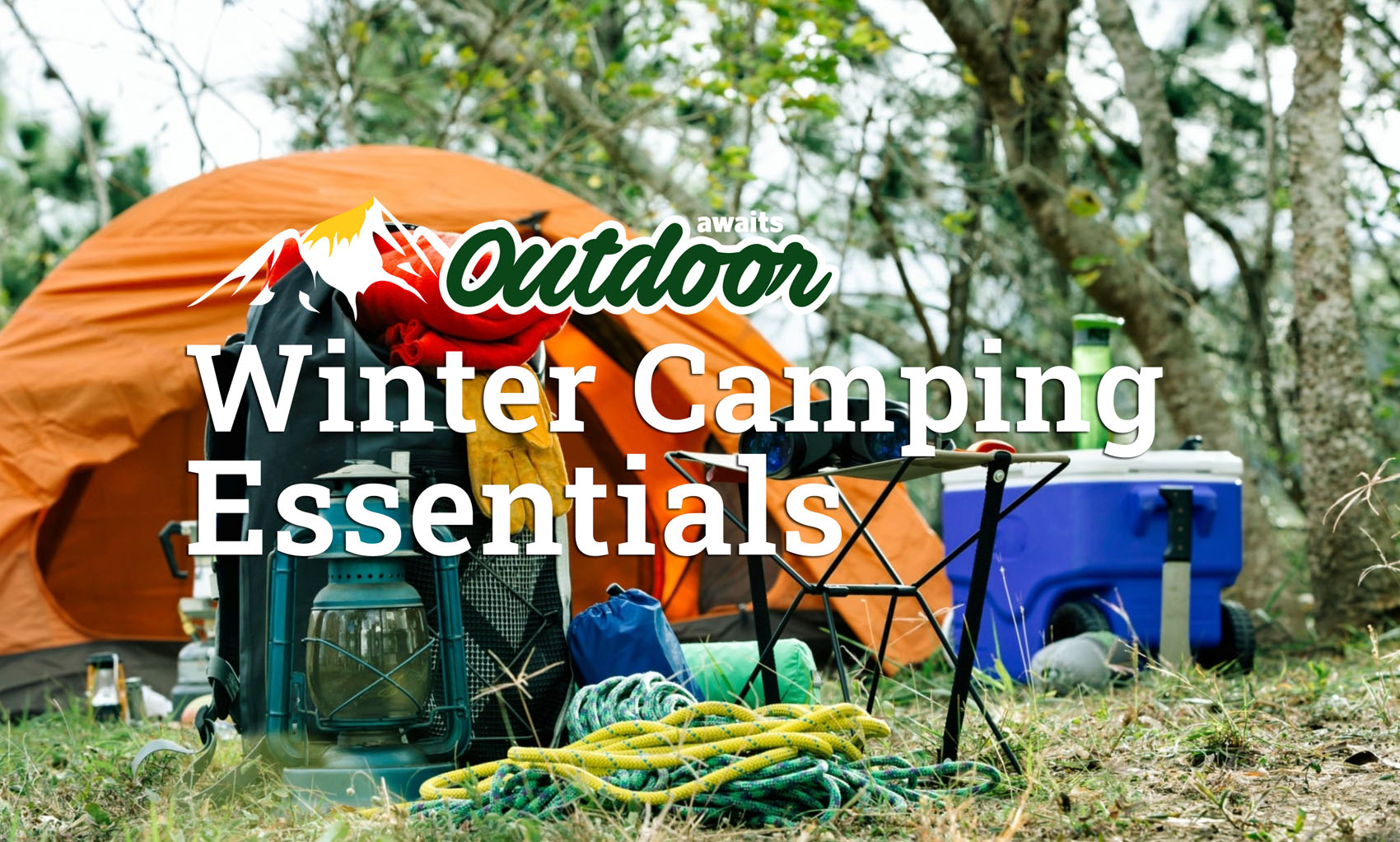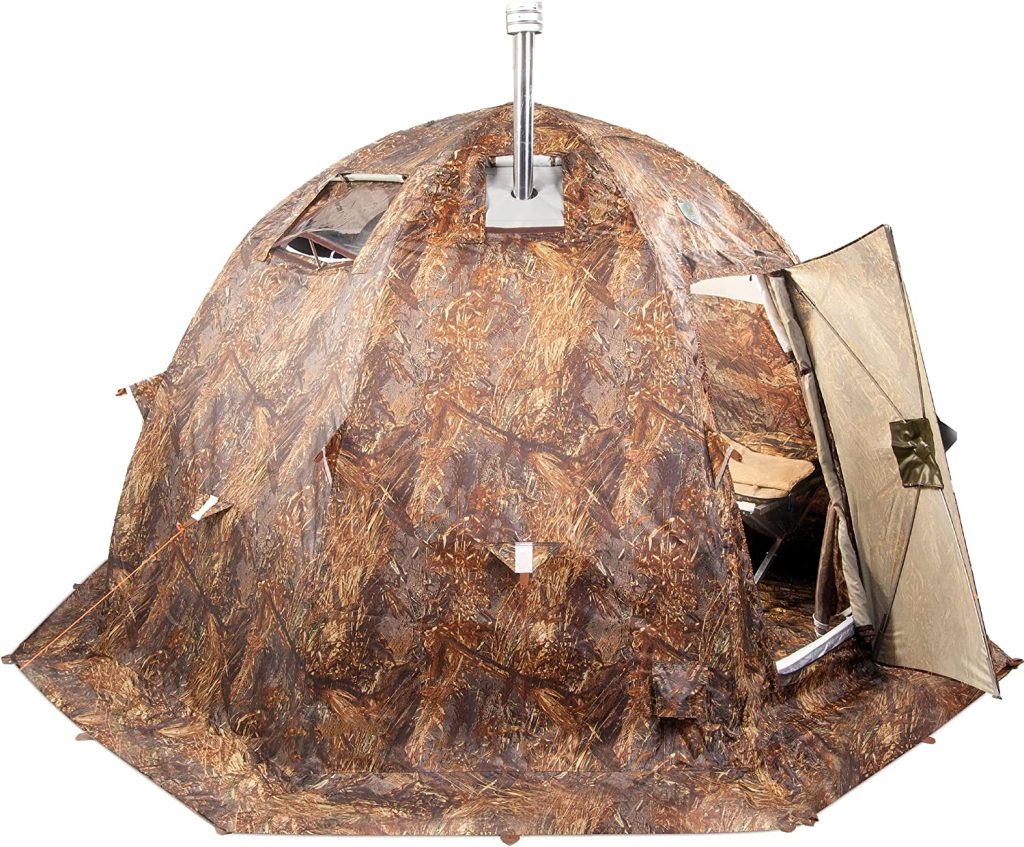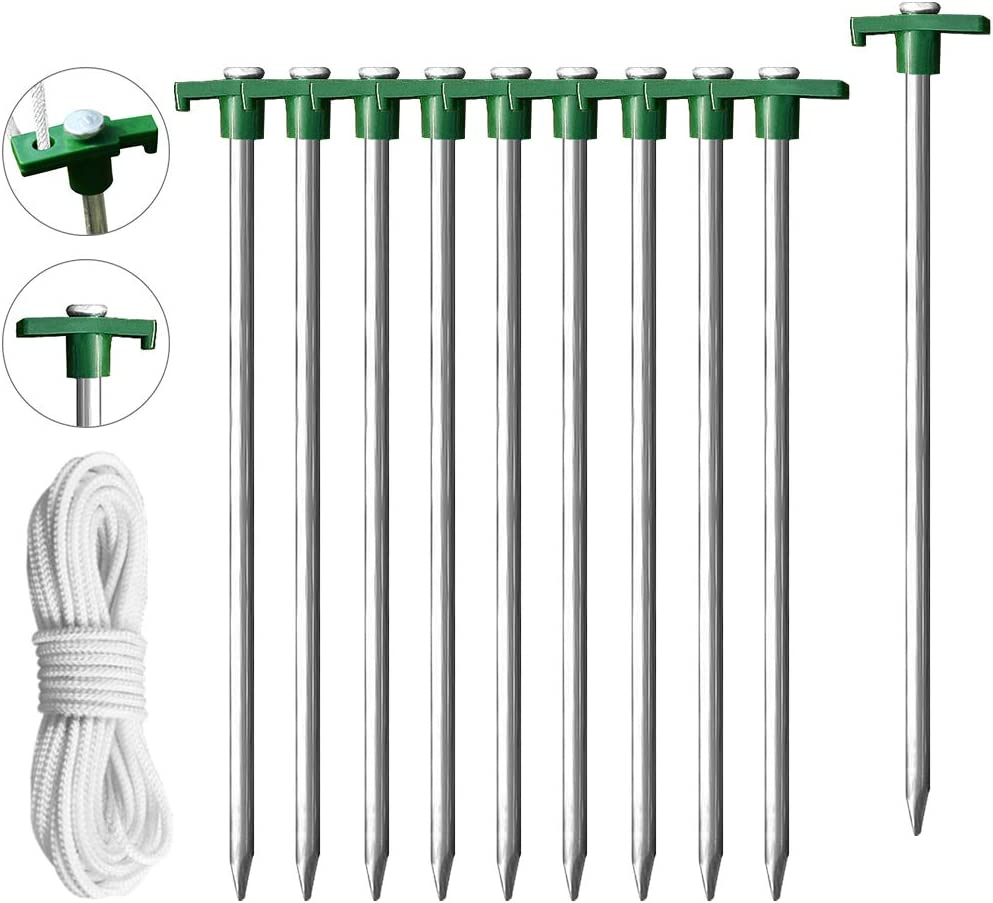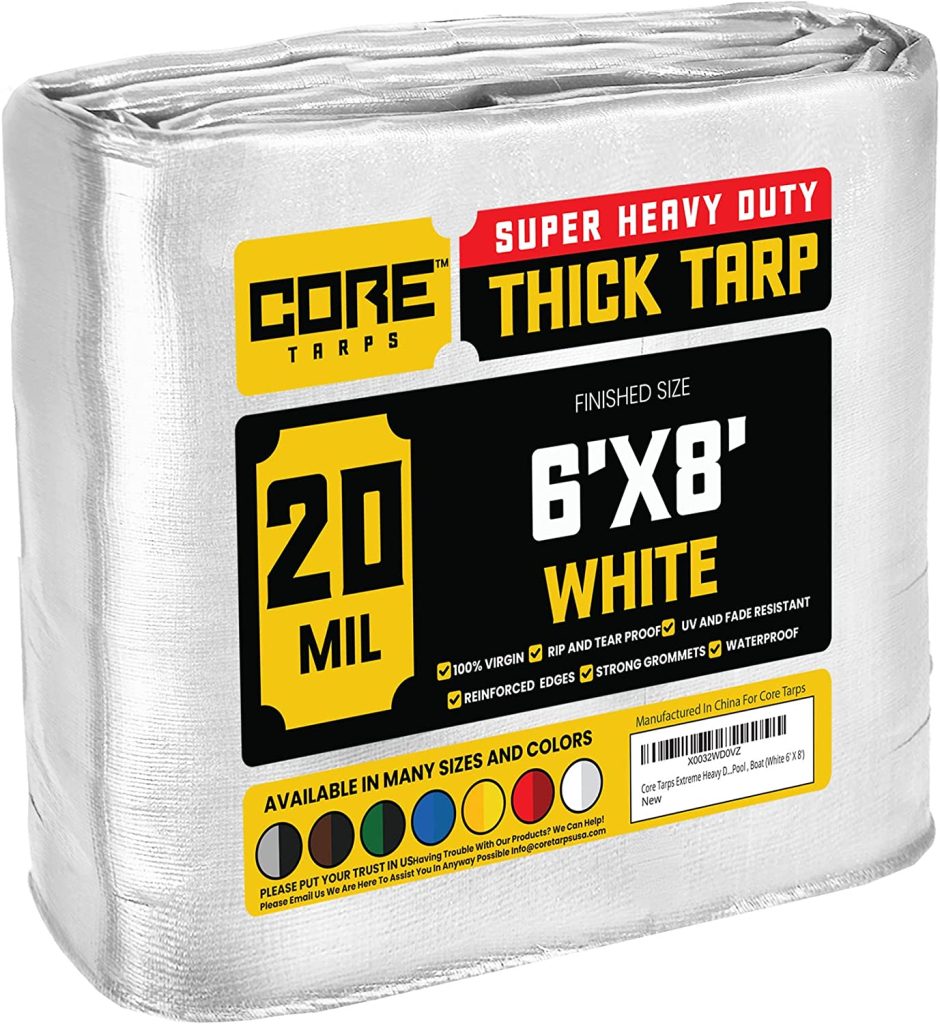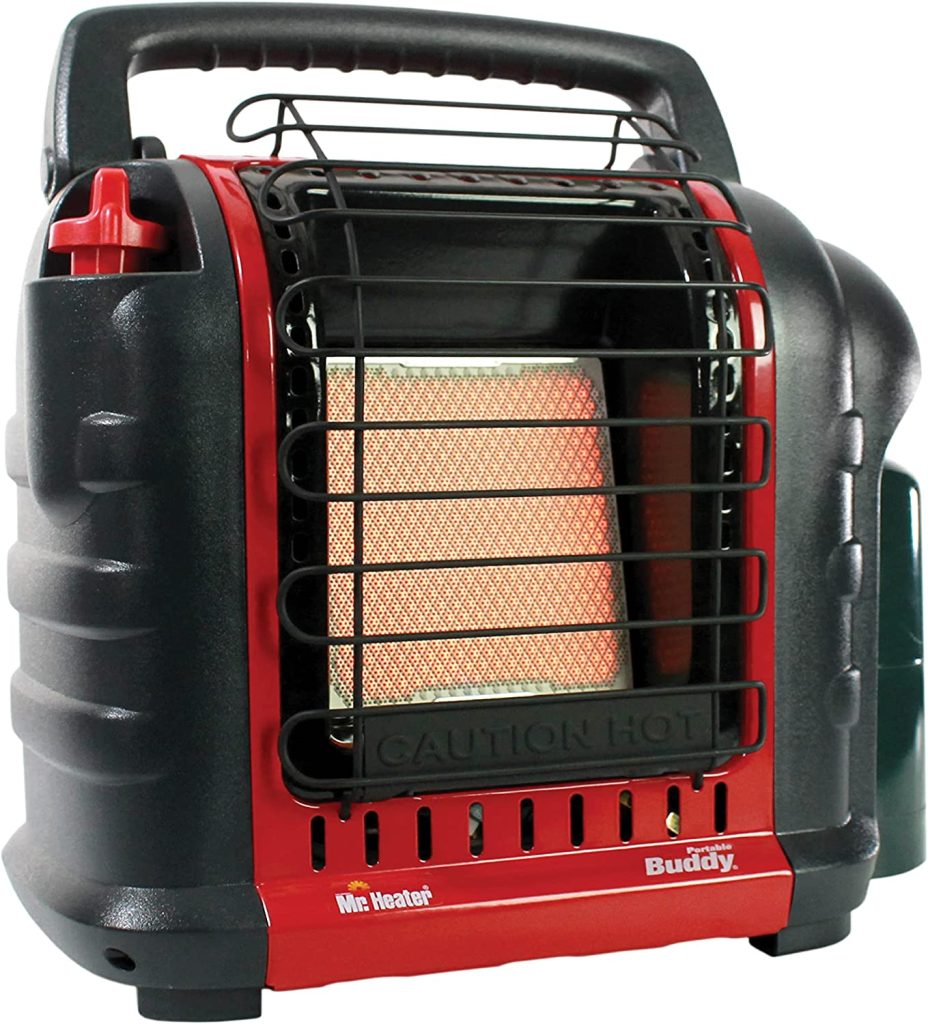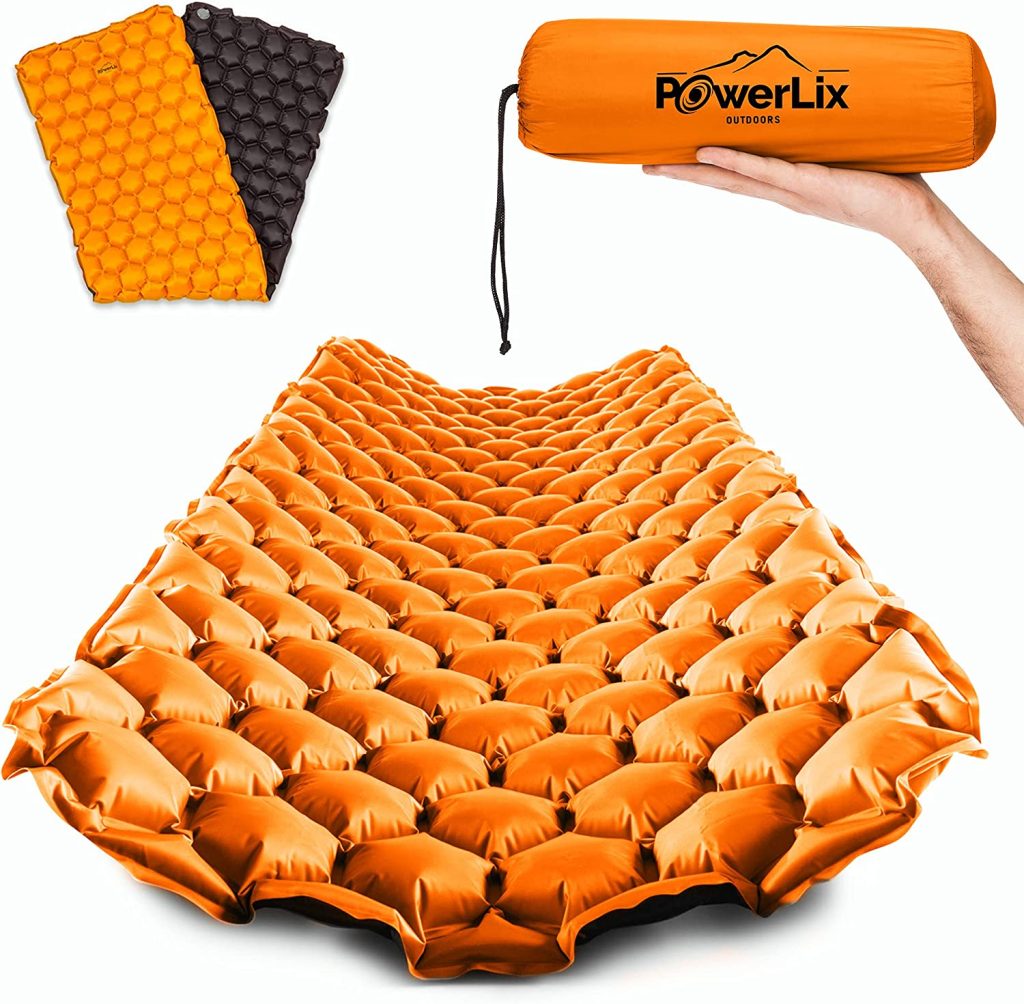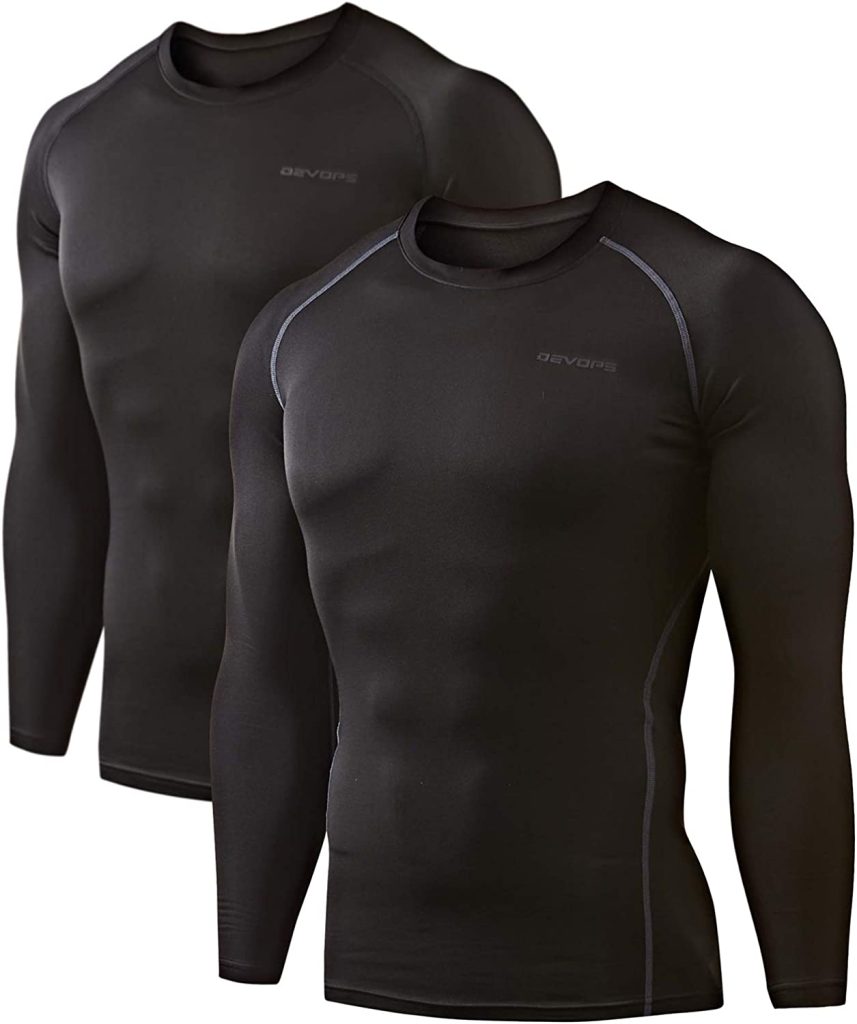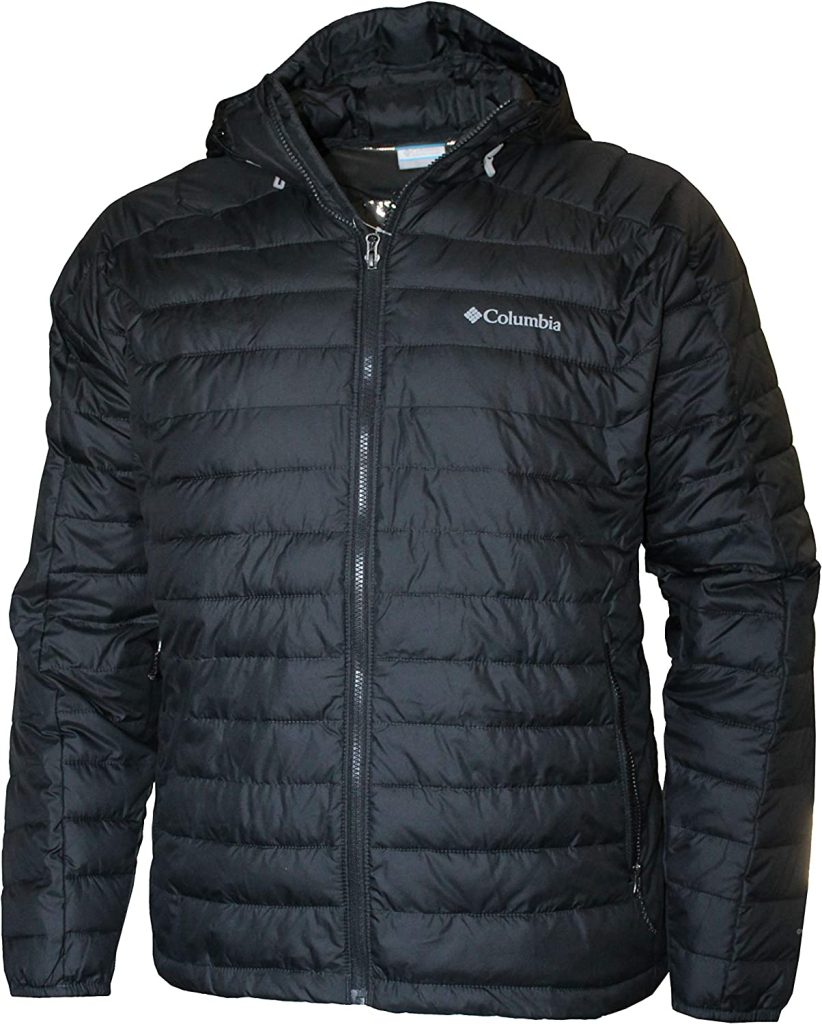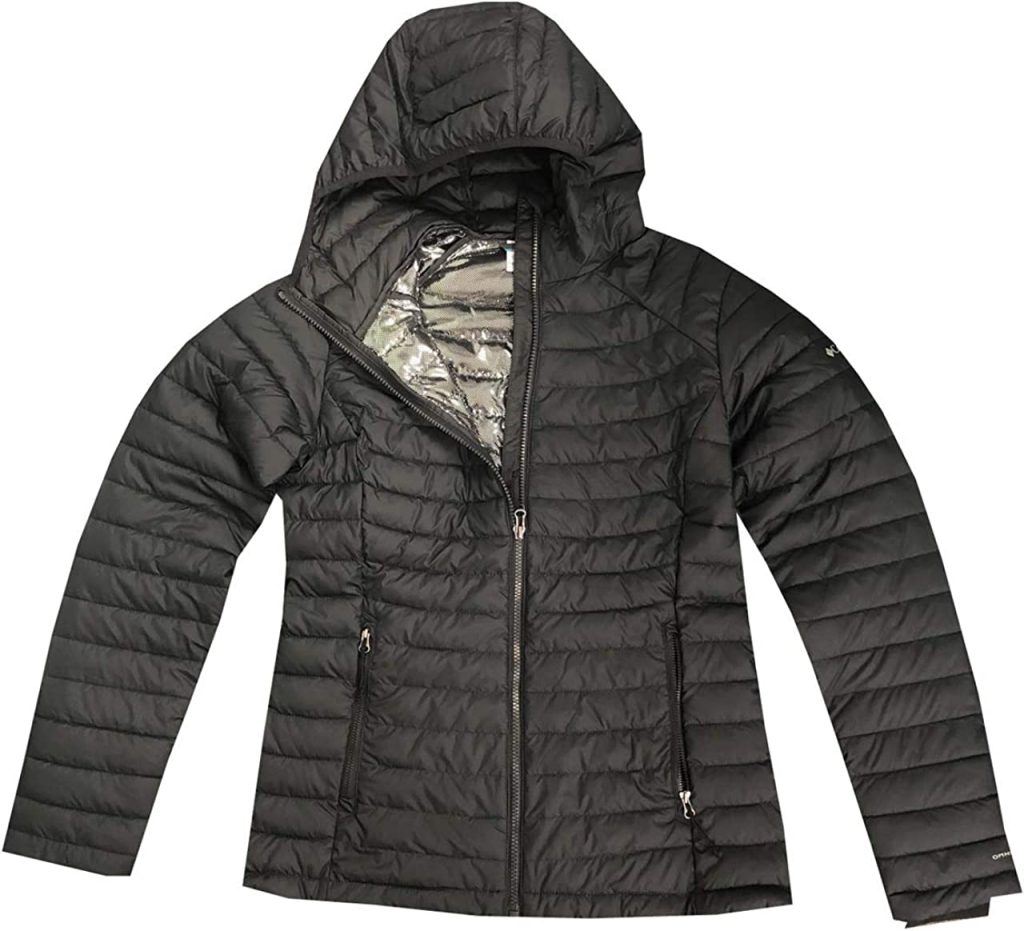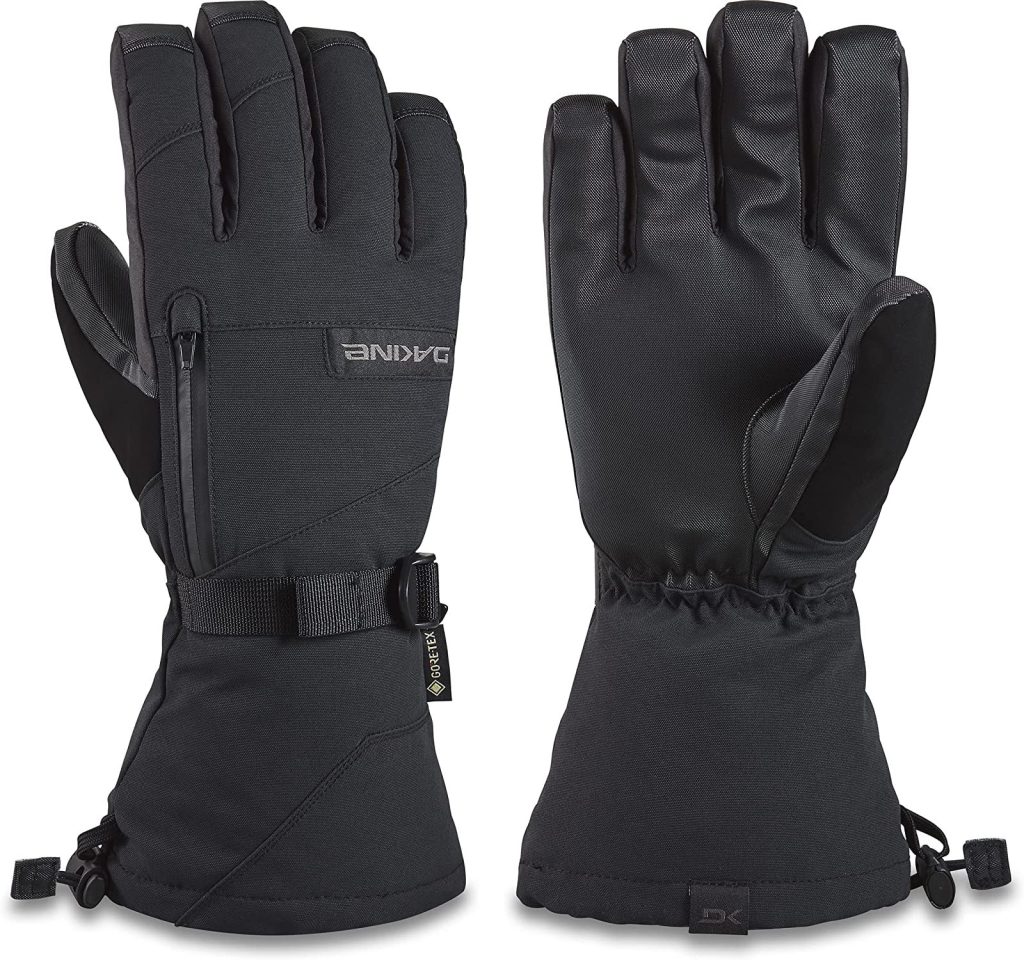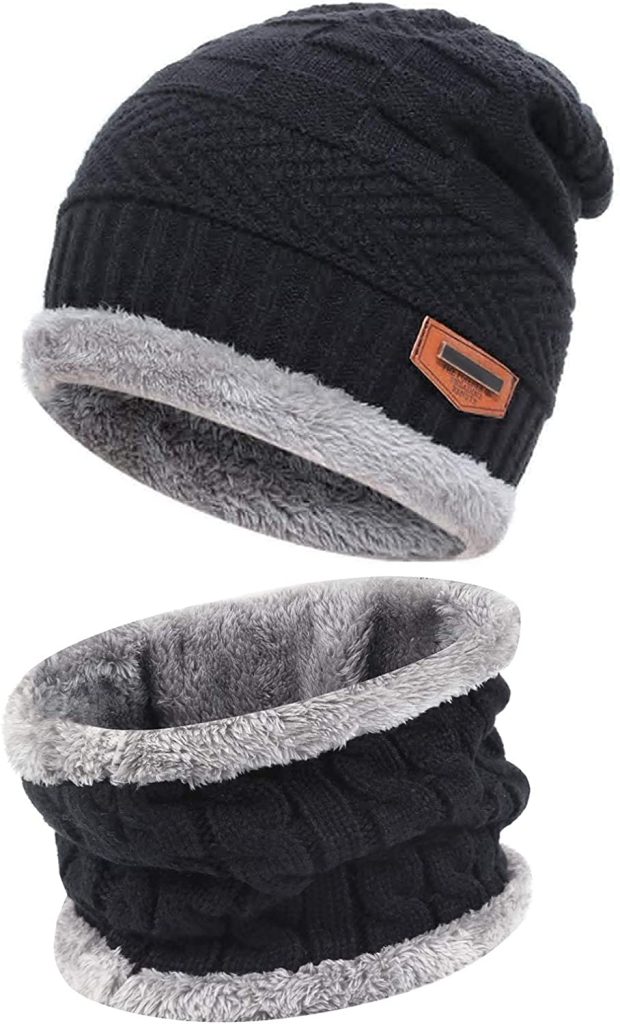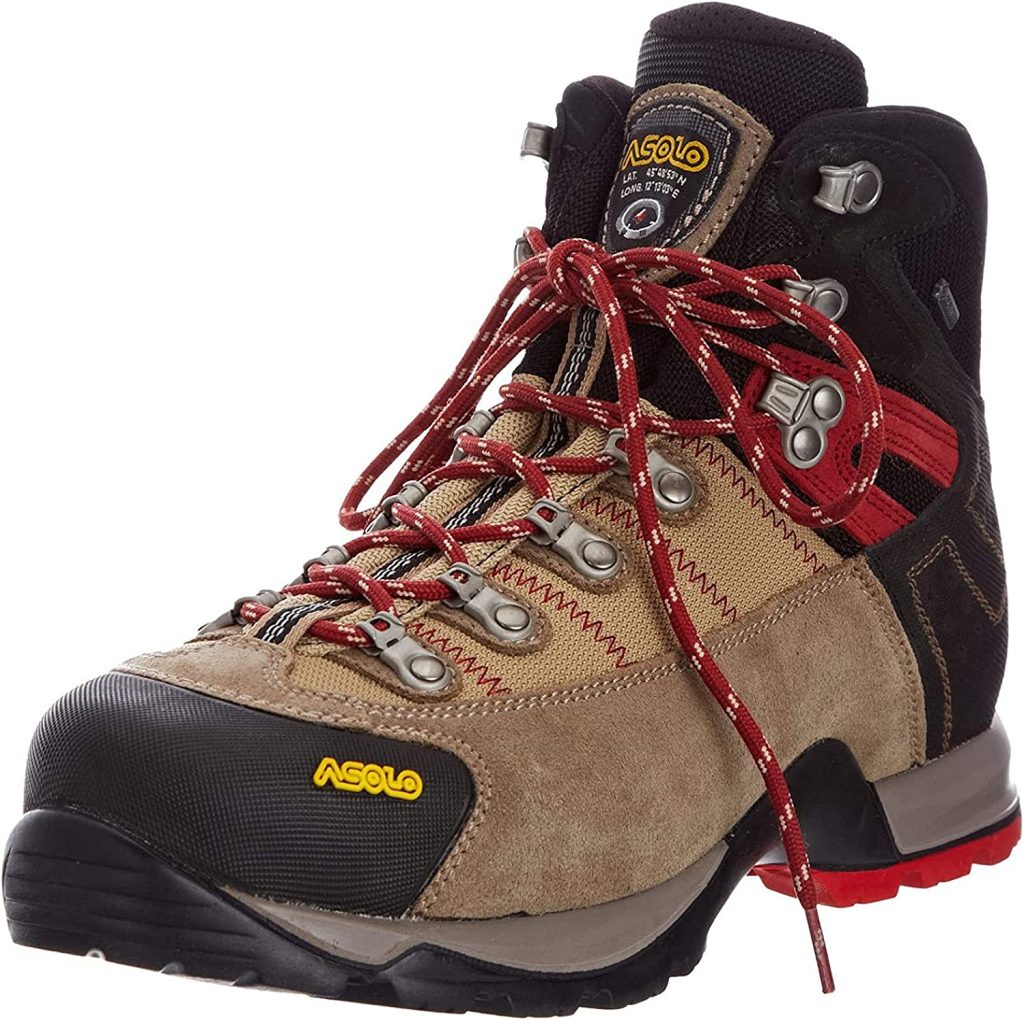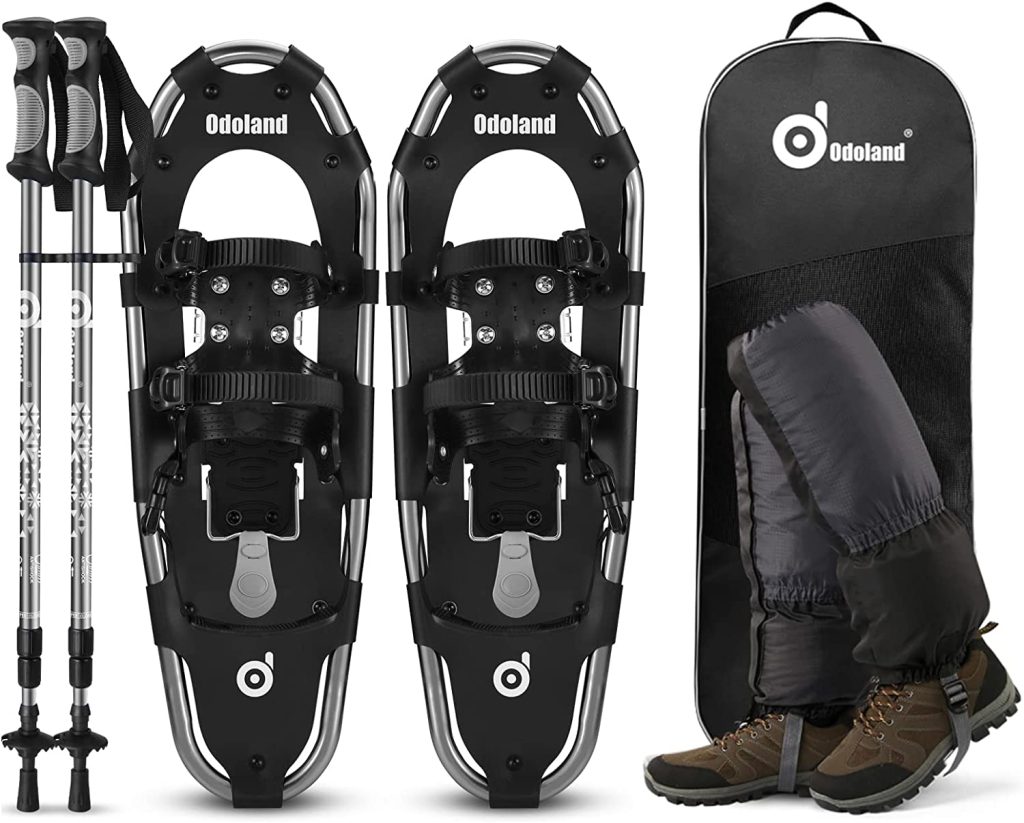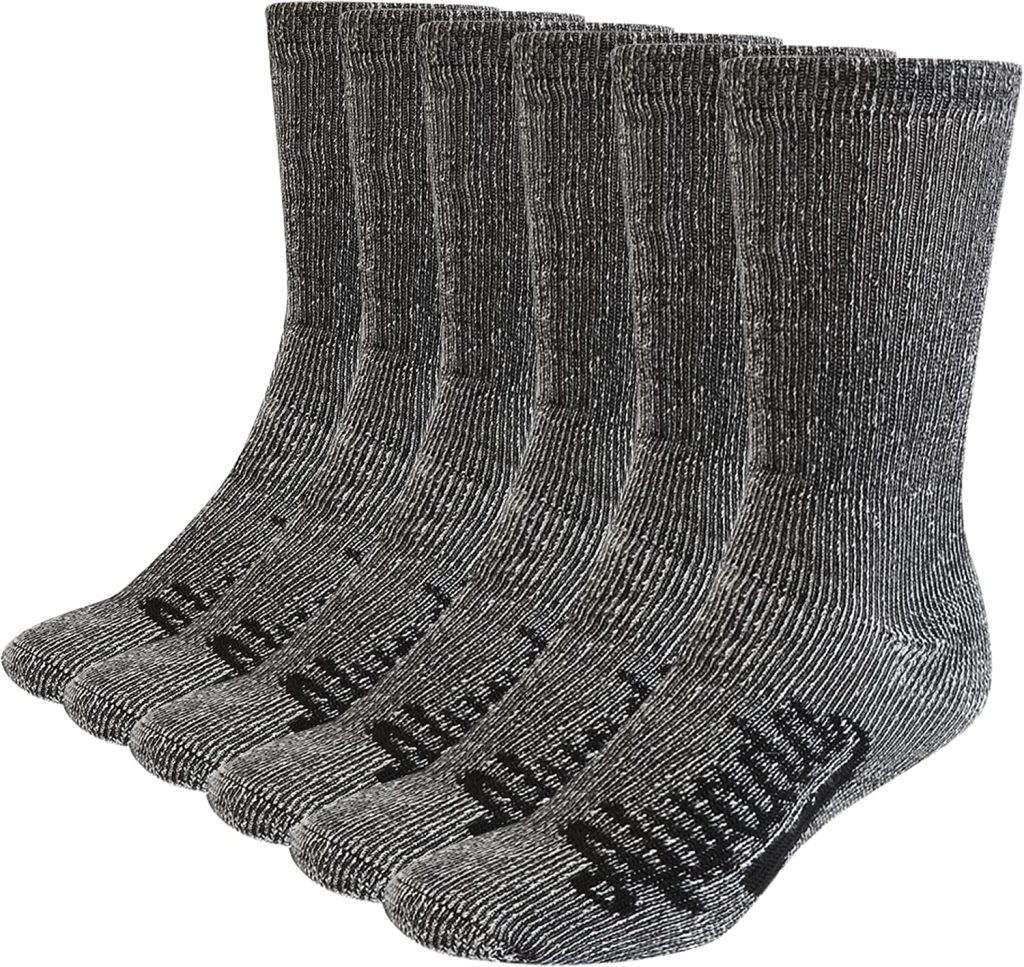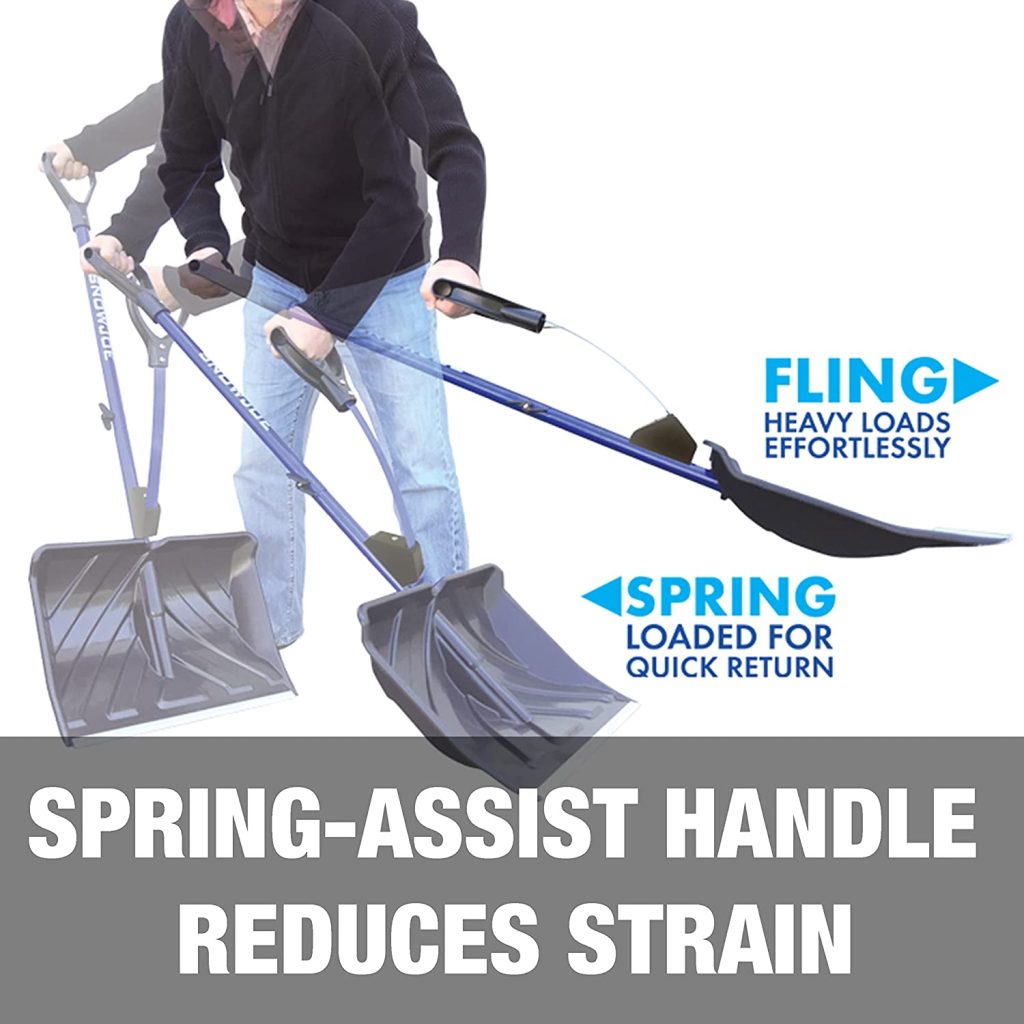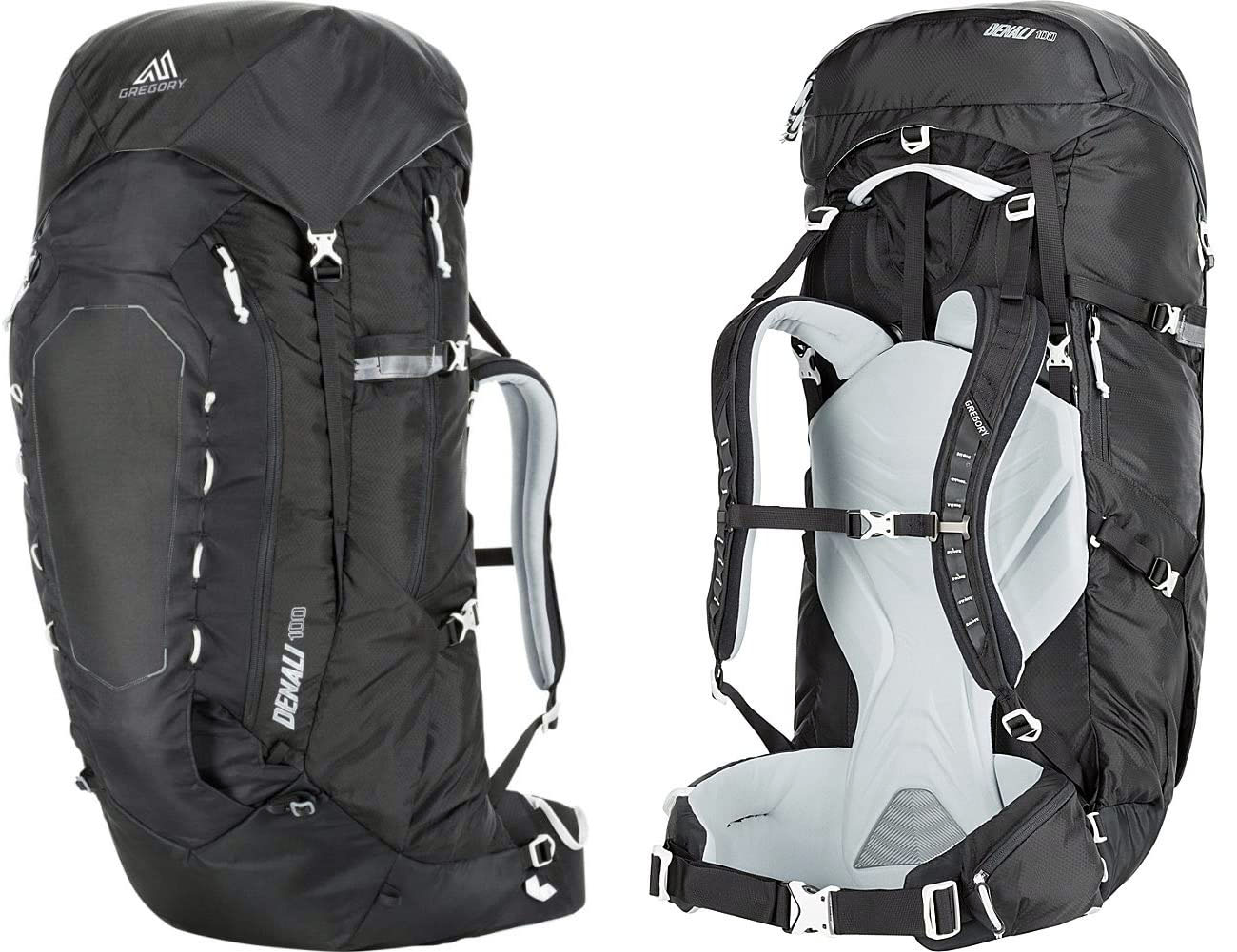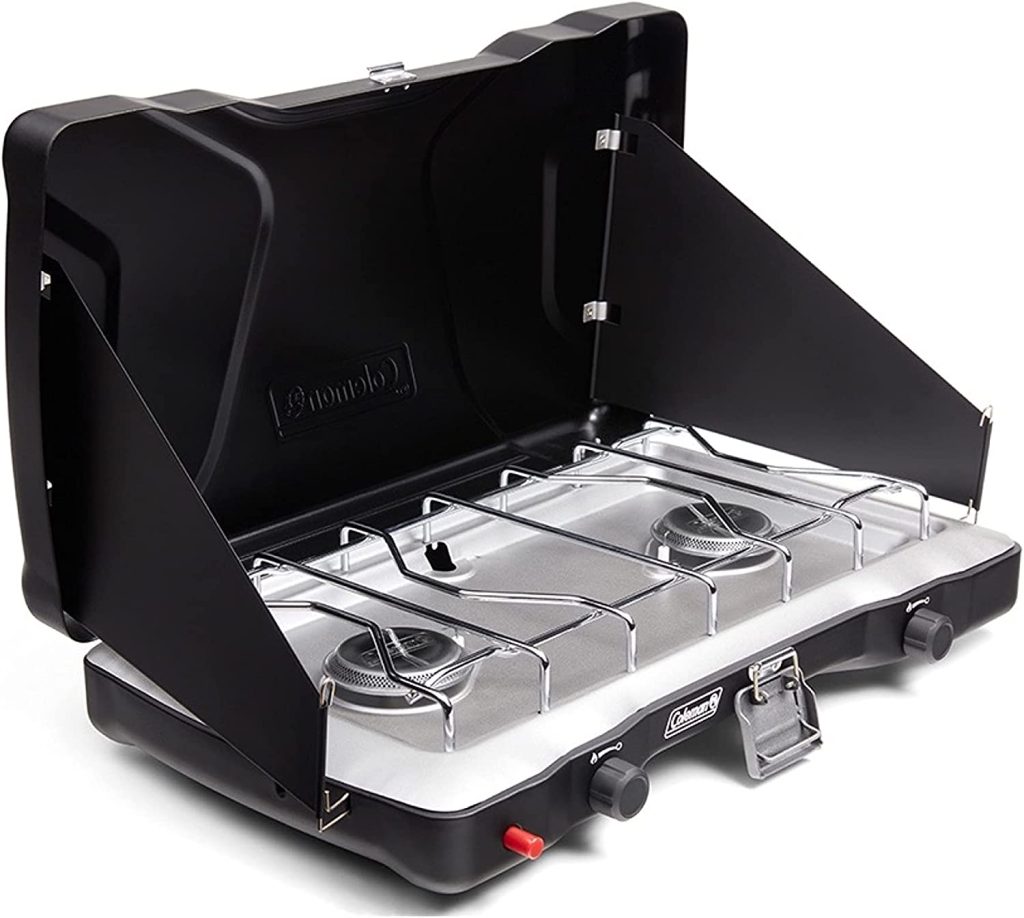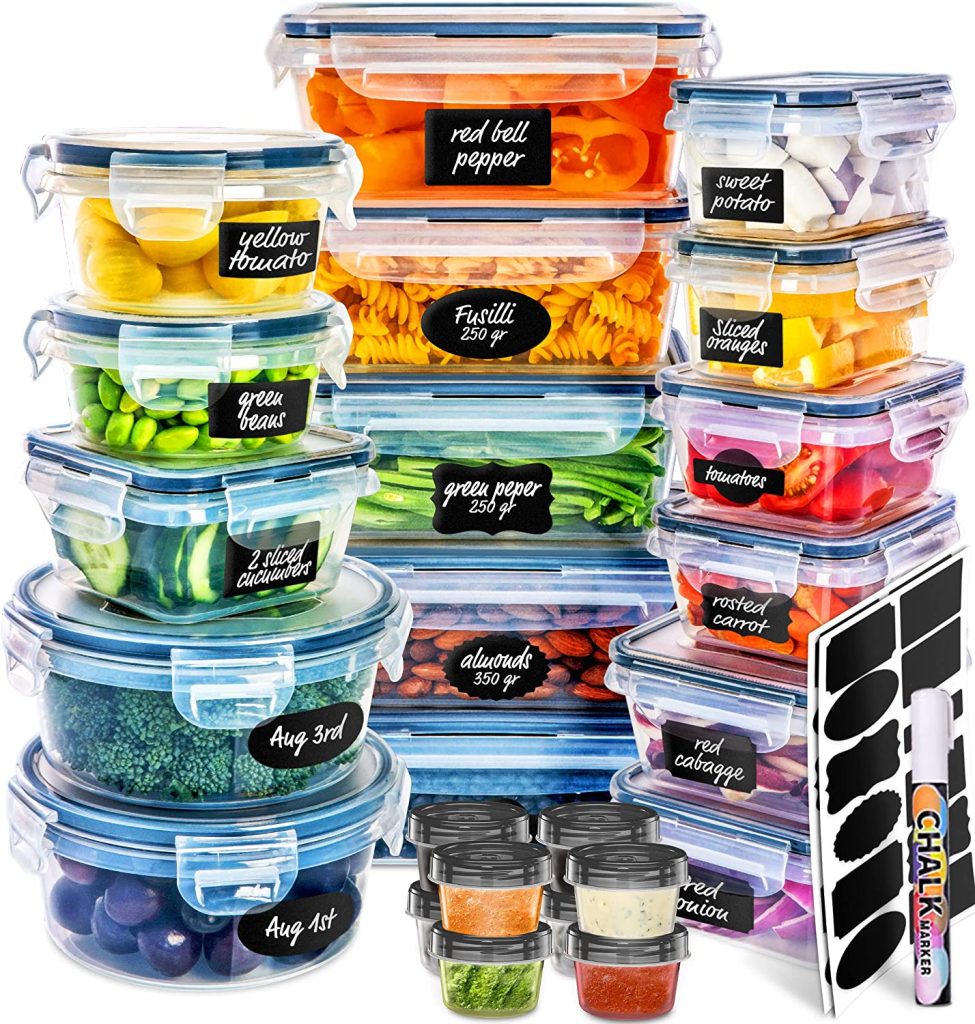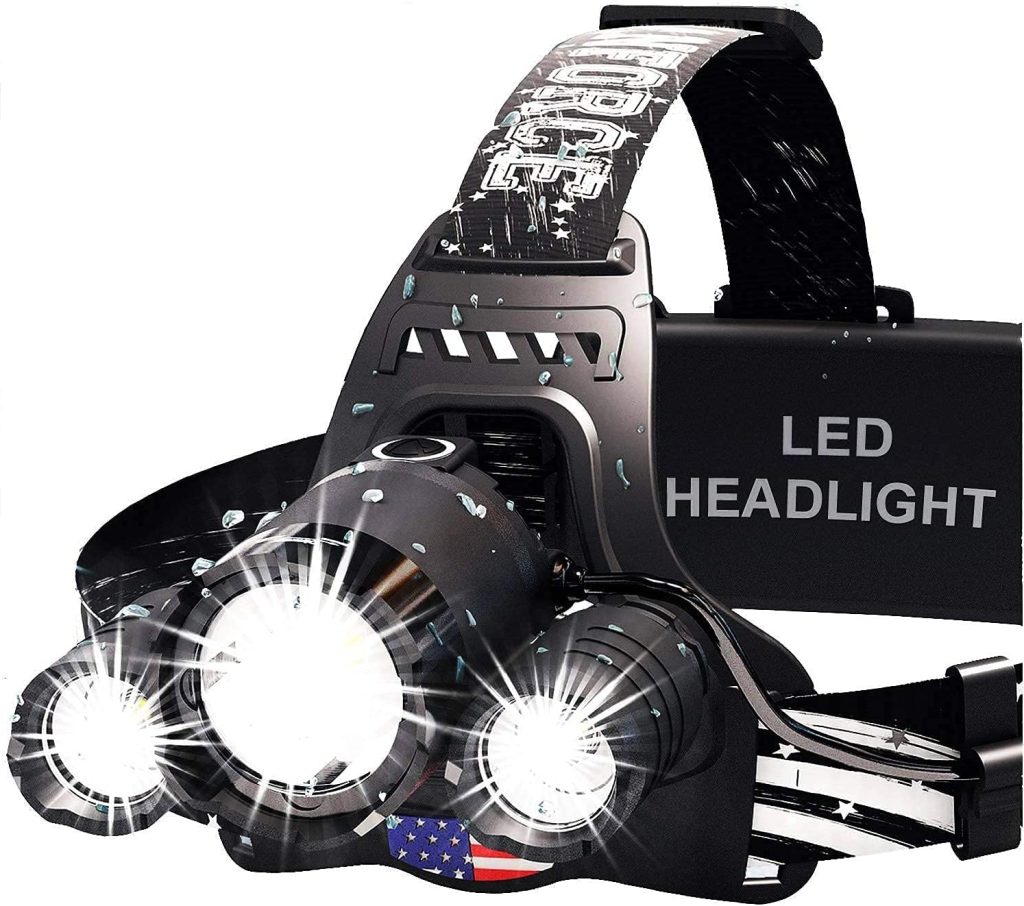Winter camping is something I love to do. The weather is cold, the air is crisp, and the stars are out. Camping is also a great way to get away from the hustle and bustle of everyday life.
Camping is a fun outdoor activity that allows us to enjoy nature at its finest. It gives us time to relax, unwind, and reconnect with our loved ones. Winter camping is no exception. In addition to enjoying the outdoors, winter camping offers other benefits such as staying warm, having plenty of food, and being able to see the Northern Lights.
Furthermore, it does require winter camping essentials. Whether you plan on going backpacking or staying at a campground, you’ll need to check your winter camping checklist before heading out into the wild.
We’ve created a list of items that will help make your winter camp experience enjoyable and safe.
The Winter Camping Essentials
1. Hot tent with stove jack
Your outdoor adventure would be meaningless without a tent. A hot tent with a stove jack is the right winter camping gear for you, because it will keep you warm and cozy during your stay. Also, a hot tent is known as snow shelter. You can even use the stove to cook your food! This is also the best equipment for cold weather camping.
Tents keep out the rain, snow and wind, but they can also keep out the cold. If you’re planning on winter camping, it’s important to have a tent that will not only keep the snow out but keep the inside warm.
A hot tent is the first part of the winter camping checklist. There are numerous ways to help your tent stay warm, but one of the best is with a stove jack.
Not only will your tent be warm, but you’ll have a free-standing stove with which to boil water or cook food that you can leave outside for the animals.
The most useful thing for cold weather is the stove jack with this tent; you won’t know you’re camping in cold weather when you light a fire inside the tent.
You may also like: 11 Best Tents for Camping with Dogs
2. Tent stakes
If you’re camping inside, you will always have to use stakes to secure your tent and tarp, but if you are camping underneath a tarp with some guy lines, you may think all that is needed are rocks or sticks.
While those can work for quick setup, they won’t hold up in the long run. Invest in some brightly colored tent stakes that will help when you go to take down camp. Our recommendation is Eurmax USA Galvanized Non-Rust Camping Family Tent Pop Up Tent Stakes.
3. Tarps
If you need more protection from the elements, add tarps to your camp site. We suggest using at least three tarps – one for under your tent, one for around your tent and nearby fire ring, and another for covering supplies and equipment outside of your tent.
If you camping in very cold ground (below 15°F) you must have tarps to cover your tent. Having a tarp will make your tent warmer, dryer and safer.
The Core Tarps Extreme Heavy Duty 20 Mil Tarp is best fit for cold weather camping or winter camping trips. It has 20 mil thick with end caps for added strength.
The material of this tarp is very tear resistant, it also has a tight weave to prevent water from seeping through.
The Inner lining of this tarp is cold weather rated, which means that it prevents the heat from escaping your tent even when you want it to be warmer in the cold weather.
4. Space heater
A space heater must be on your winter camping essentials list. Even if you have a tent that is reinforced to stand up against cold weather, the air temperature inside your tent can still be surprisingly chilly at night.
Heating your inside tent with a small safe battery operated heater will help keep you warm overnight and prevent frostbite of your toes and fingers. Be sure to use only approved heaters and follow all safety protocols while using them. Recommendation: Mr Heater MH9BX Massachusetts.
5. Cold Weather Sleeping Bag
A warm sleeping bag must be on your winter camping checklist. Sleeping bag keep you warm, and can turn any cold nights into epic adventures. The best cold weather sleeping bags will also provide you with a warm and cozy environment in the morning.
Now is the time to get a sleeping bag for winter camping. Cold weather sleeping bags are insulated better than those designed for warmer temperatures and they keep the body temperature regulated much better than bags designed for summer camping.
If you happen to be going on an extended backpacking trip, it may be time to invest in a cold weather sleeping bag too.
We recommend the Coleman Brazos Sleeping Bag or the Coleman Big & Tall Sleeping Bag. The other great thing about these bags is that they have a self-heating mechanism that will keep you warm the entire night.
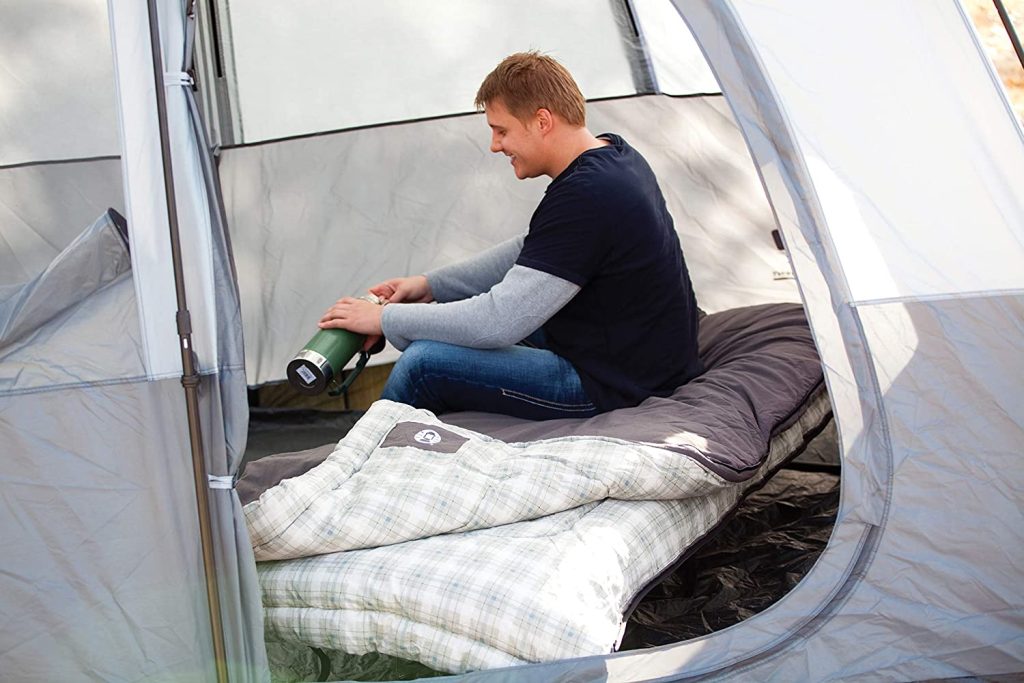
It keeps you warm in temperatures as low as 10°F with heat-locking flannel liner. Investing in an insulated sleeping bag liner can keep you warmer over the snow, which can lead to a more comfortable night of sleep.
On other hand the REDCAMP Outdoors Cotton Flannel Sleeping bag or Big Agnes Sleeping Bag Liner best fit for hikers, campers, hunters and others who need a sleeping bag for cold weather camping.
So, if you want your winter camping to be safe and successful, you must have a quality sleeping bag among your winter camping essentials.
6. Sleeping Pads
Camping in the winter means it’s almost inevitable that you will camp out in one spot overnight. If you have a pad, you can be sure that your thighs won’t freeze while you sleep. If it’s an especially cold night, you may want to keep a blanket in your sleeping bag with your sleeping pad.
Sleeping pads are an essential piece of winter camping gear that should be bought before your journey to the woods. Sleeping pad keep you warm, no matter how cold it is or how wet your sleep bag is. They also make the ground nice and soft for you to sleep on.
Also, foam sleeping pad is essential for your winter camping trips. In this case, the sleeping pad should be in your winter camping checklist.
Closed cell foam pad is also an option, which is an all-season pad that offers a waterproof protection. It also features stretchy sides for a snug fit to your body.
So, sleeping pad are a great investment for you and your trip to the woods. We recommend the MEETPEAK Camping Pad or the POWERLIX Sleeping Pad.
7. Base layers
If you stay below freezing temperatures for most of the day and there is an extreme wind chill factor, you might want to wear layers of cold weather clothing. The base layers keep your body heat close to your skin and make you more comfortable.
After a long day on the trail or out in the cold, it’s important to make sure that you stay warm while you sleep. Layering your body with insulating clothing will make sure that you stay hot throughout the night.
A base layer is a great addition to your winter camping adventure. It help keeps you warm and comfortable while remaining dry. Merino wool is a natural fiber that keeps you extra warmth without weighing you down.
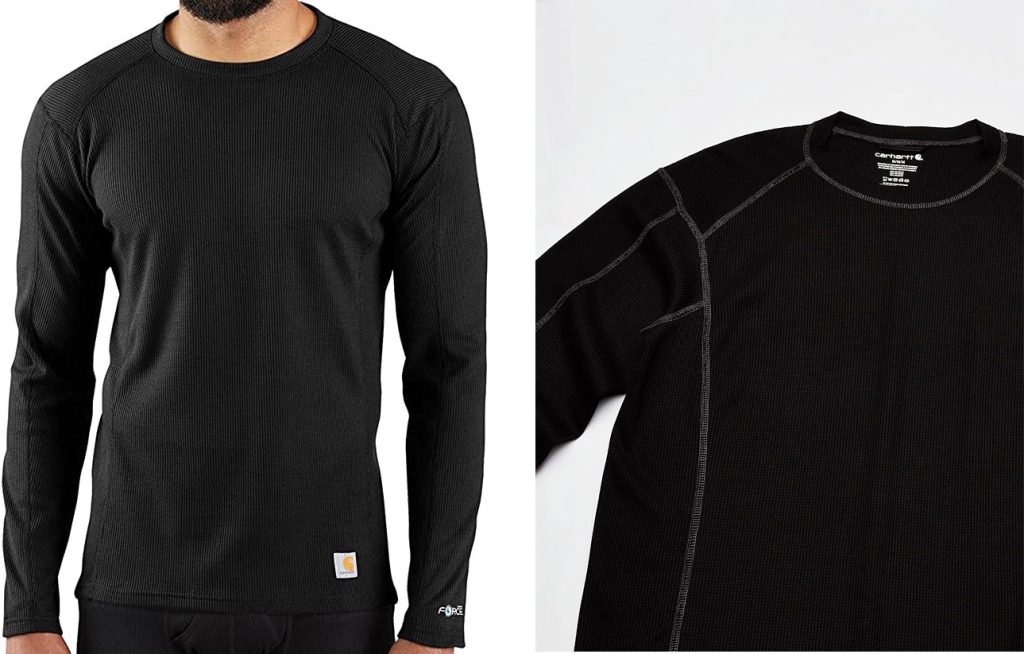
Recommendation: Carhartt Men’s Base Force Midweight Classic Crew
It has an amazing ability to keep you cool by wicking away sweat from your skin. So these Snow breaker hiking pants are surprisingly light, which means they won’t weigh you down when worn underneath your clothing.
The base layer is the best for wind protection in cold temps and should be part of your winter camping checklist.
8. Mid layer
A mid-layer must be on your winter camping checklist. You will want to wear a mid layer if you are hiking or exploring near the campsite. They provide a perfect comfort zone between your base layer and your jacket.
Upper body mid-layer must have a fleece layer. We recommend the DEVOPS 2 Pack Men’s Thermal Long Sleeve Compression Shirts.
By using a midlayer under your outer layer, it’ll keep you warm in cold weather camping. So, you must have the best mid layer clothing for your winter camping trip.
9. Insulated Jacket
A jacket is must have in your winter camping essentials gear list. It is the best way to control your body temperature while you’re out and about. It also provides you with a layer of protection from the wind and rain.
Rain jacket will keep you warm and dry, even if the temperature is below freezing. We recommend the Columbia Men’s White Out II Insulated Omni Heat Hooded Jacket or the Columbia Women’s White Out ll Omni Heat Hooded Jacket Puffer.
The cold temperatures during winter can be unpredictable, you must bring with you an insulated jacket or coat to stay hot and stylish.
Keeping the body warm is just as important as saving your hands and feet from the cold. A high-quality insulated jacket can keep the body warm while keeping it dry and shielded from the wind.
Not only do insulated jackets keep your body warm, but they can also make you less prone to slipping in cold conditions.
10. Warmth Gloves
These are the most important. A pair of good waterproof gloves will keep your fingers warm even if the rest of you is freezing for winter campers.
While you can use regular ski or hiking gloves for light winter camping trips, for anything more than mild weather, the addition of a liner glove is crucial.
Also, a pair of insulated gloves are a must for winter camping. The difference between your warm body and the freezing outside can cause your hand to get seriously cold, even if you have them in warm gloves.
Recommendation: Dakine Mens Titan Gore-Tex Snow Glove
Keeping the hands and feet warm is the best way to keep your body warm too. While you’re building up a fire and enjoying a hot meal, a pair of water resistant warmth gloves will help you preserve your heat.
Clothing that isn’t insulated is useless in the winter. A pair of cold weather gloves will not only keep your hands warm, but they will also make sure that you don’t freeze while out on the trail or while cooking a meal over a camp fire.
11. Warm Hat
A warm hat keeps your head warm on the coldest of days. When camping in the winter, it’s important to stay warm but also keep your head protected from the cold. A hat is essential for winter trips. Recommendation: Mens Womens Winter Beanie Hat Scarf Set Warm Knit Hat.
There are many different types of hats available, ones with ear flaps, hats with ear covers, even beanies that clip to your backpack so they’re always handy when you’re on the trail. Try to avoid having a hat made of synthetic materials to keep it dry.
12. Mountaineering boots or backcountry skis
You need to use some serious footwear for winter trips. The first thing you need is a pair of mountain boots, usually with a gaiters and crampon points. I have done overnight hikes with only these boots, but that doesn’t mean it’s easy. Because of the night temperatures, you can get frostbitten feet easily.
A good idea is to snow them occasionally while hiking, and apply moleskin every few hours during the winter trips.
Traction is important in winter camping situations. If you’re skiing, snow shoeing or hiking, hiking boots aren’t enough to keep you from slipping and sliding on the snow. Our favorite: Asolo Men’s Fugitive GTX Hiking Boot.
Mountaineering boots are made of stiff material and will make sure that you have footing in slippery situations. Make sure to buy a pair that fits well and is sturdy enough to keep your ankles stable while moving through rough terrain.
Ski boots are also a good alternative, but you need a different approach, as they don’t have the ankle support that mountaineering boots have.
You can find ski boots with crampon points, and while they are lighter than mountaineering boots, they are not as warm. Also you can use hiking microspikes for running in snow and icy terrain.
13. Snow shoes
When you’re camping in the winter months, you’ll want to stay prepared for anything. If the weather takes a turn for the worse, or if you need to travel through deep powdery snow, snowshoes are a must.
Make sure your feet and feet stay warm while keeping your toes and ankles protected from frostbite and cold. Recommendation: Odoland 4-in-1 Snowshoes for Men Women.
14. Warm socks
This is one of the most important things to consider. Socks are your best friend in winter trips. You can camp, hike, and even sleep in them… so don’t skimp on any quality.
Wool socks also keep feet warmer than synthetic materials and they don’t irritate sensitive skin like cotton does. If you’re camping during the snowy landscape, it’s best to use wool socks as opposed to cotton ones because wool keeps the feet warm even when it gets wet.
Snow will always find its way into your boots, and sweat will make everything else damp after a few minutes. Recommendation: Alvada Merino Wool Hiking Socks.
Socks that don’t have adequate circulation can cause serious foot problems. Be sure to change your socks every night so you aren’t uncomfortable or developing problems like trench foot or frostbite.
15. Snow shovel
To level a tent site and build a snow kitchen in camp, you’ll need a snow shovel. Because, snow kitchen is a more comfortable way to cook your food, so you won’t have to keep going back inside the tent.
After a campfire, it’s important to keep your campsite clean and tidy. If there is snow on the ground get out your snow shovel and make a path from where you’re sitting to the perimeter of your camp. This will prevent slipping and falling, especially if you have skis or boots on.
Favorite: Snow Joe Shovelution SJ-SHLV20.
Snow can be a nuisance when camping in the snowy landscapes. If it falls on your tent, it will weigh it down and make it harder to set up. A snow shovel with a wide scoop is great for clearing snow away from your tent or campfire site quickly.
There is so much snow in the winter season that it can be hard to keep up with clearing it away from camp spots, fire pits and pathways that you need to walk upon during camping trips.
16. First Aid Kit
This is an absolute must. A first aid kit is not optional, and you should always carry one wherever you go. You never know when you might need it. Though most of the time you can avoid a situation where it’s needed, you don’t want to be caught unprepared in case something happens. Recommendation: Swiss Safe 2-in-1 Hardcase Kit.
Your first aid kit should have:
- Several Bandages (big and small)
- Moleskin (for blisters)
- Cotton pads and swabs (alcohol swabs) for cleaning wounds and disinfecting cuts (if you have a wound kit, that’s OK too).
- Antibiotic ointment (for infection)
- Tincture of Benzoin (for frostbite)
- Bandage Scissors
- Tweezers (for plucking out ticks and insect bits)
- Tissot lekèt All-Purpose Bandage (for minor cuts/scrapes/wounds)
17. Backpack
It’s a good idea to have a backpack for each person who’s going on the winter camping trip and hiking in the Kilimanjaro. It will allow you to keep all your stuff gathered together, and it makes it easier for everyone to carry their things, especially if you’re using a sled. You should make sure that the backpack is large enough to fit all your essentials, but not so large that it will bog you down.
A good backpack will help make you feel safe on trail and also keep your equipment organized throughout your day on the trail. My favorite: Gregory Mountain Products Denali 100 Liter Alpine.
18. Campfire Cooking utensils
It’s important to keep your body warm when camping in the winter season. Cooking over a campfire is a great way to do that. Be sure to have the right tools and utensils for grilling or cooking over an open fire. The right outdoor cooking gear includes a camping frying pan, grill grate, oven, pot, camping kettle, spoon, glass, etc.
A set of campfire cooking kit is the only way to go when cooking over a campfire. It’s up to you whether you choose one with aluminum or cast iron cookware set, but having a large pot to cook over is always best if you have the extra space. Best choice: Cuisinel Cast Iron Cookware 11 Pcs.
19. Camp stove
An alternative to a portable fire pit is a camp stove. Staying warm when you’re outside on your camping trip is important.
If you plan on cooking inside of a tent, a camp stove will keep your hands warm while cooking and will ensure that the inside of the tent remains warm throughout the night. My best one: Coleman Triton Instant Start 2 Burner.
When camping during the snow, you won’t have access to wood, so a stove is essential for cooking. Look for stoves with a lot of power to keep up with all of your cooking needs throughout the day, including hot water and melting snow if needed. The best way to get hot water on winter trips is to boil the melt snow.
Liquid fuel stove is another alternative, but they are more expensive and harder to bring. With a bit of creative thinking, you can keep your water hot for hours this way.
20. Water and Food
Pretty self-explanatory. You will need more water and food than you normally would when camping out. Be sure to pack enough to keep you going throughout the day and night, especially if you’re on a hiking or backpacking trip.
To remain properly hydrated, it is imperative that you sip water periodically during the course of the day. Soup, hot chocolate or stove-free instant noodles are great for a meal: they warm you up from the inside and keep your hands free. Favorite one: 4Patriots 72-Hour Emergency Food Supply Survival Kit.
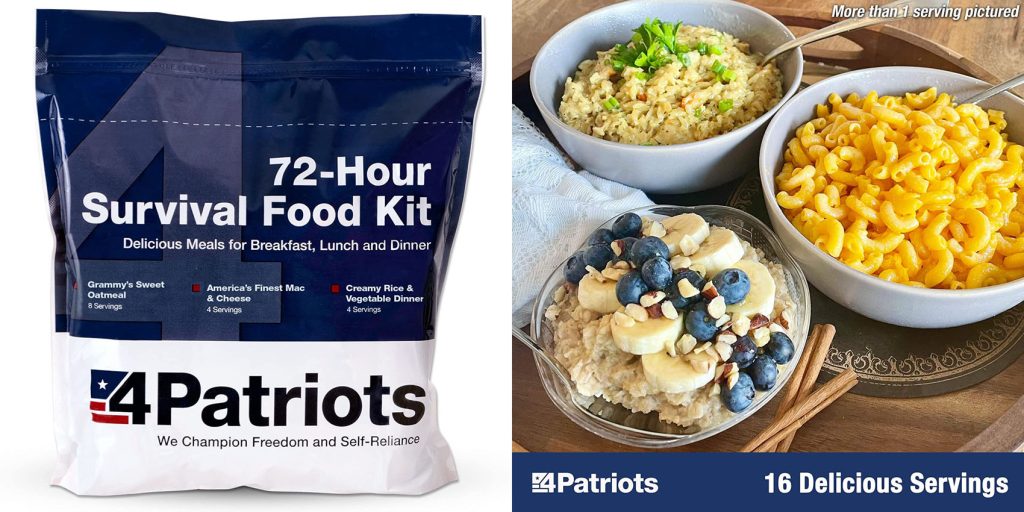
21. Food Storage Containers
This is a must for when you’re camping. Food storage containers are essential for winter camping. They keep water and food fresh for much longer, which means you’ll want to bring more than you’d normally need.
Certain foods like apples, onions, or garlic can freeze in the cold weather. Make sure to put them in storage containers right before you leave on your trip and protect them from being frozen. Top pick: Fullstar 24 Pack.
22. Headlamp
Just like in the summer, having a headlamp is important, but in winter you will use it a lot more. The whole night will be lit up by the light, so you can read your books or charge your phone without having to use a flashlight. That will also keep you from staring off into space because your sleep is disturbed.
You should bring extra batteries, as it can get pretty cold at night. Make sure to use LED bulbs in your headlamp, as they are much brighter than their predecessors and will not drain your batteries before you are ready to go to bed.
I like the Coast brand, which produces great products that last for years with occasional use. Our favorite: DanForce USB Rechargeable LED HeadLamp.
23. Bug spray
Winter camping means it’s more likely that you will be exposed to more bugs than you would during other parts of the year due to harsh weather conditions, so it’s important to be prepared. It’s also great when you’re out on the trail and need a little extra protection from mosquitoes and black flies.
The Ranger Ready Picaridin 20% Tick & Insect Repellent is a must-have on your winter camping essentials list.
Extra gear
Toilet paper – This is a necessity for winter camping, as the toilet paper will freeze and could potentially clog you’re the toilet paper ends up in the snow/ground. The best option is to take a roll of TP wrapped in plastic, but you can also use a small hand sanitizer bottle or eye glass wipe container.
Towels and linens – Cold weather camping isn’t as fun without warm linens and towels. Bring along extra blankets and a few extra towels in case someone gets wet or muddy, or if someone decides to take an unexpected dip into the lake or river.
Water bottle – Although water is the most important thing in winter camping, you don’t want to be stuck without water for a long time, so plan your trip wisely and bring extra water bottles along. To preserve your hot drinks, I recommend bringing a bottle with a heat exchanger inside so you can also use it to warm up your bottles.
See also: 23 Best Camping Cots for Bad Backs
Winter Camping Trips
Kilimanjaro
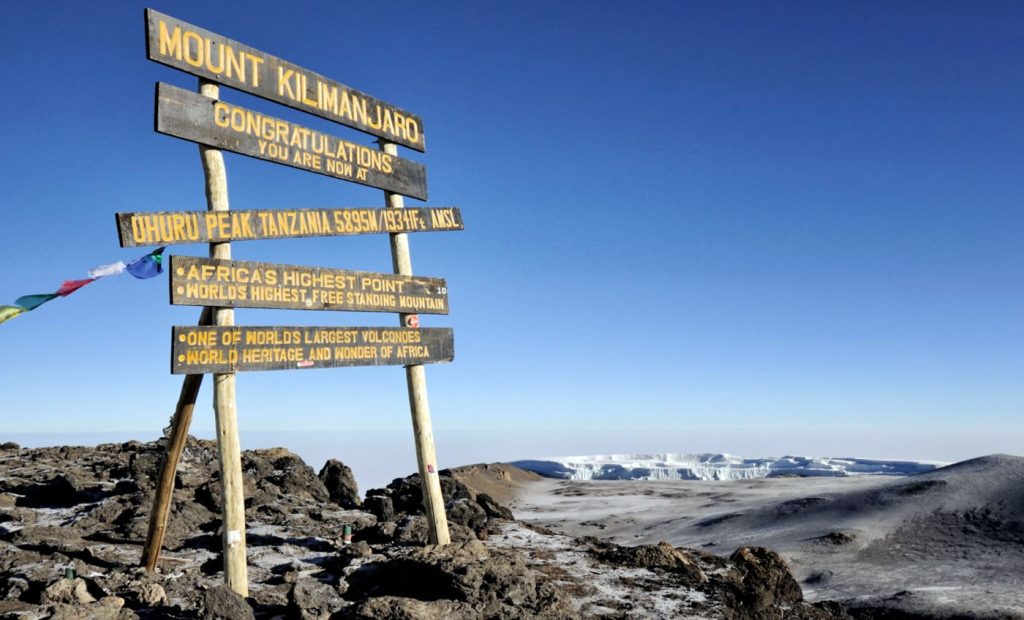
Kilimanjaro is the highest mountain in Africa, and it’s a great trip for anyone who wants to test their limits when it comes to hiking and camping. This trip requires right gear, testing your survival skills on the long, arduous hike.
Grand Tetons
This place is the definition of beauty and elegance, with snow-covered mountains and wilderness. You’ll be blown away by the amazing views all around you! With over 700 miles of trails surrounding the area, you’ll have plenty of places to explore.

Yosemite National Park
Similar to Grand Tetons area mentioned above, Yosemite features some of the best mountain views in the world. It lies in the Sierra Nevada mountain range and it’s just a stunning sight to see! The waterfalls are also a must-see while visiting here (check out the pictures below).
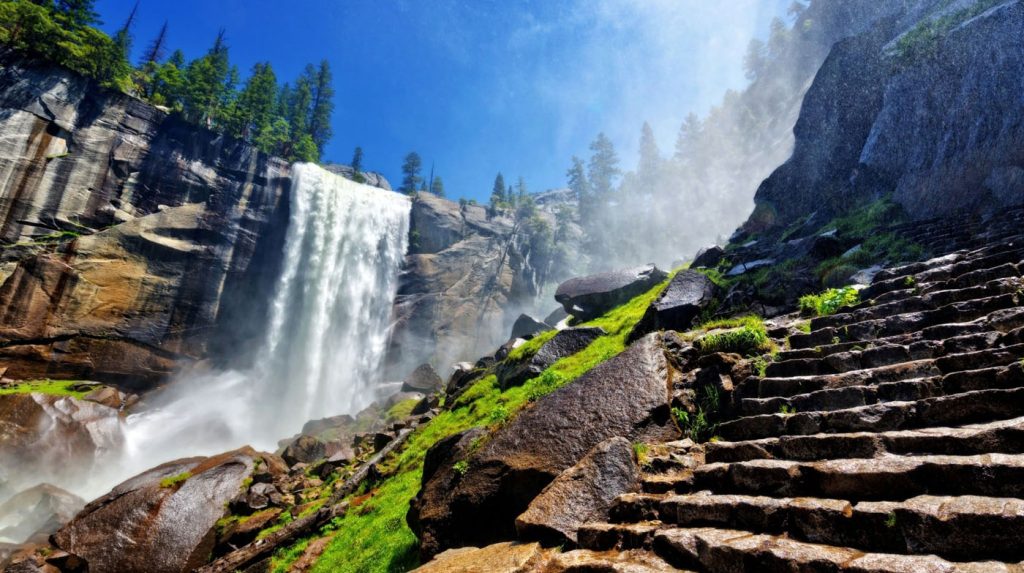
The Great Wall of China
The Great Wall of China is a 7,000+ mile long wall made of stone and brick that stretches across the northernmost parts of China in certain areas, such as Beijing and Gansu Province. This trip requires you to be prepared for the weather and have the proper gear and supplies.
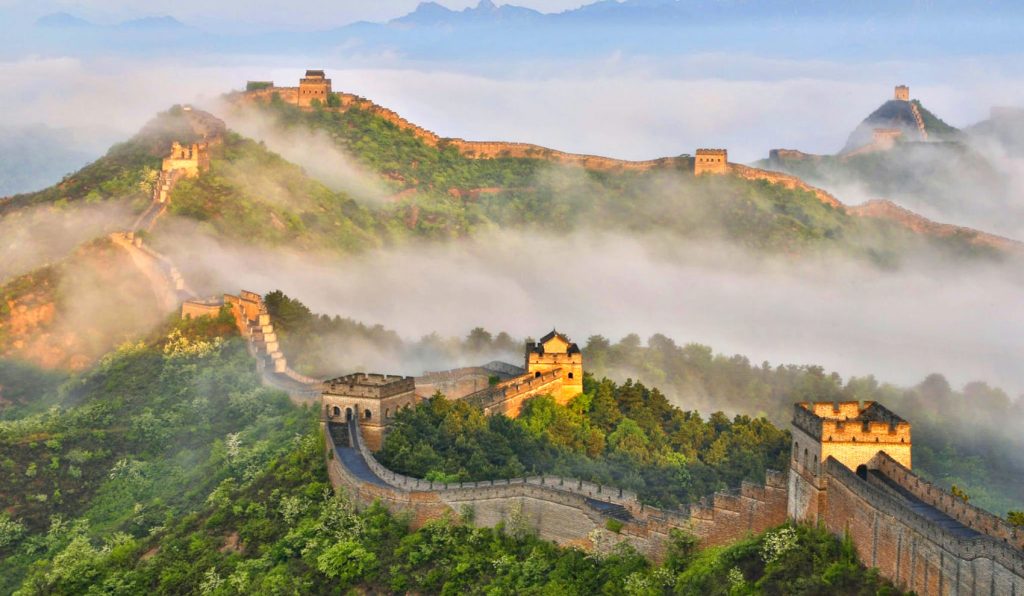
Patagonia
If you’re looking for a good challenge with the overall experience, this is a great trip to choose. It requires you to prepare yourself by using everything that you’ve learned from past camping trips and ventures. This is definitely an adventure worth taking on your journey towards being a more experienced camper!
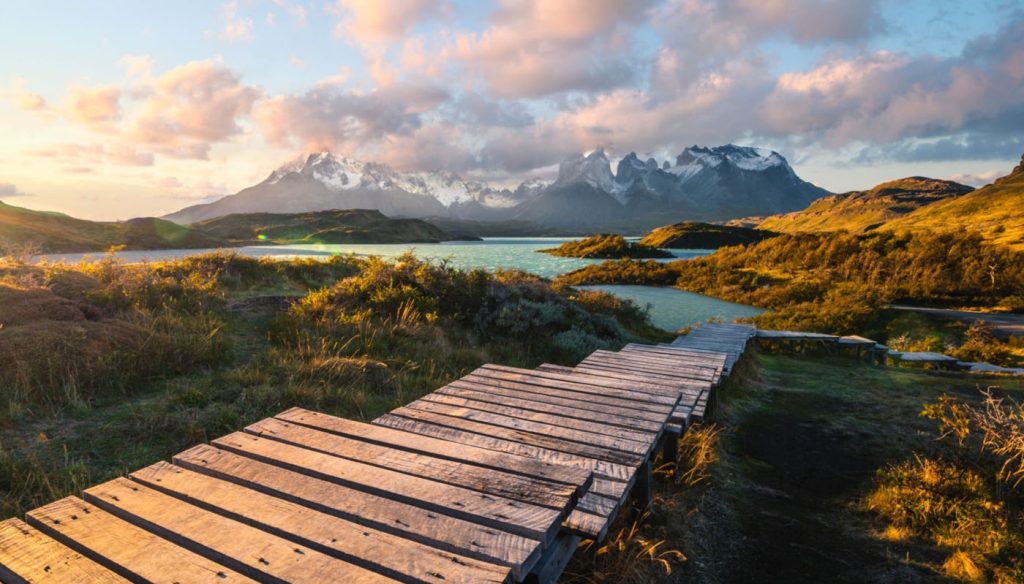
Nepal
This mountain country located in Asia features the highest mountains in the world, so you can’t miss out on it! The Everest Base Camp is one of the best places to visit when exploring this place. If you only have time to visit one of these amazing spots, make sure it’s this country!
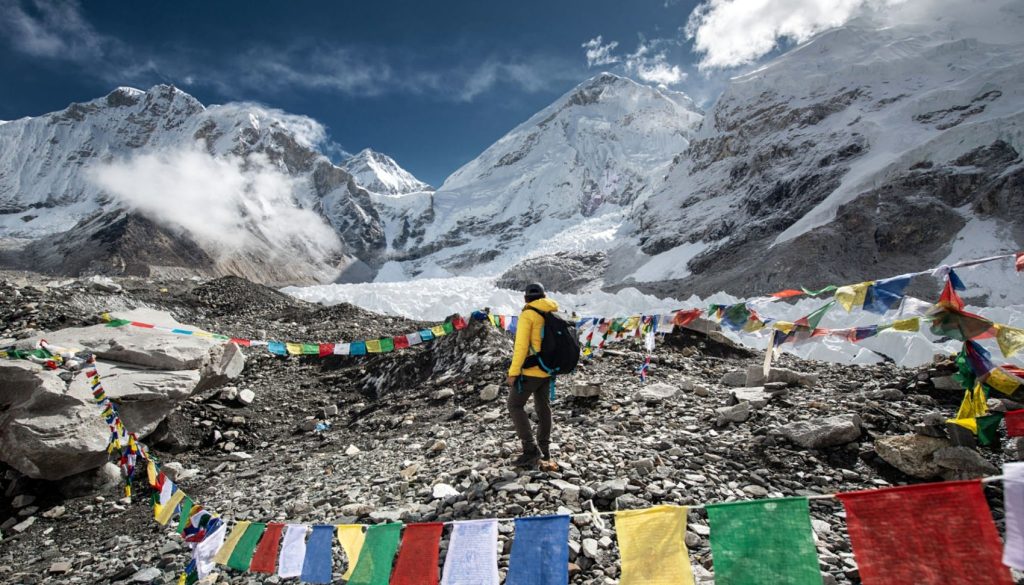
Final thoughts
Camping in the winter means that you’ll need to be prepared for the weather to change and alter your plans, pack light, and be willing to make changes to your itinerary. It also means that you have the perfect time of year to explore the different sights, sounds, activities and food in your area.
We hope that you found the list above of winter camping tips and hints helpful and now have a better idea of what you’ll need to be prepared for your next camping adventure in the dead of winter. Be sure to check out our other guides.

Outdoor Awaits is supported by its readers. We may earn an affiliate commission if you use our links to purchase a product(s) at no additional cost to you. To know more about us and learn how we tested the outdoor gear on our FAQ page.
Sukhen is a passionate blogger and traveler who visited many historical places in Bangladesh, Myanmar, India, and Thailand. He's an avid camper, so he shares his knowledge of camping and wildlife with his readers. He also helps readers plan their own camping trips. To know more, stay connected with Outdoor Awaits.

